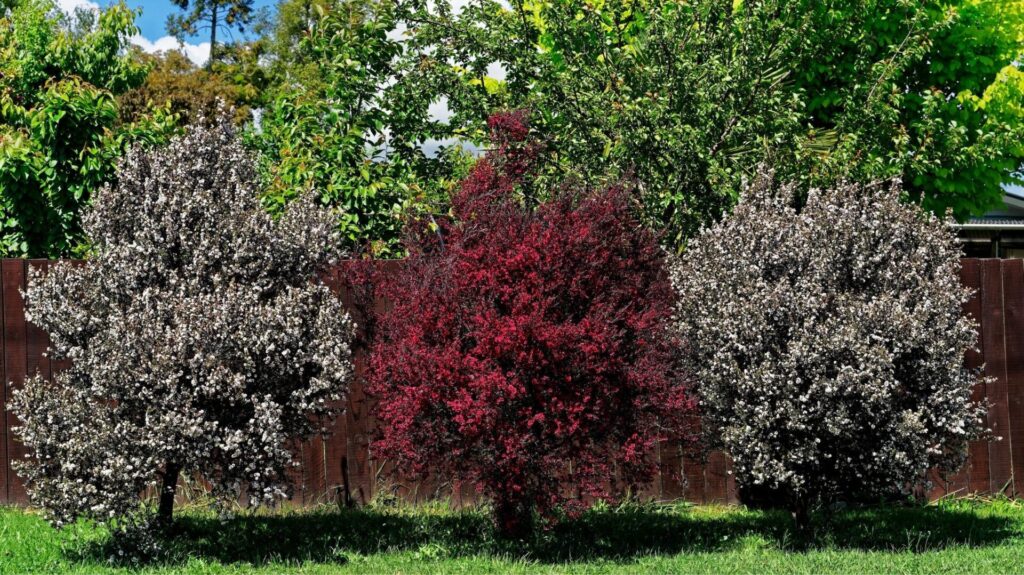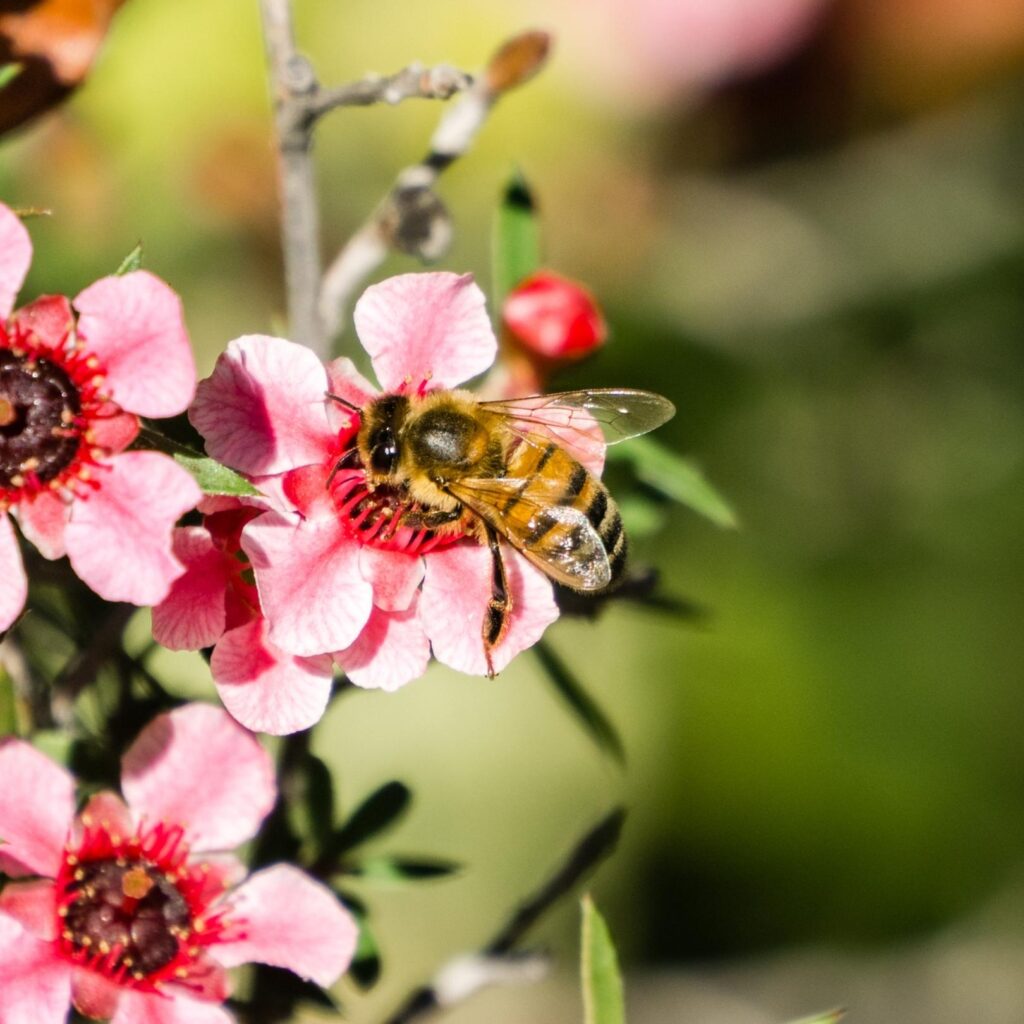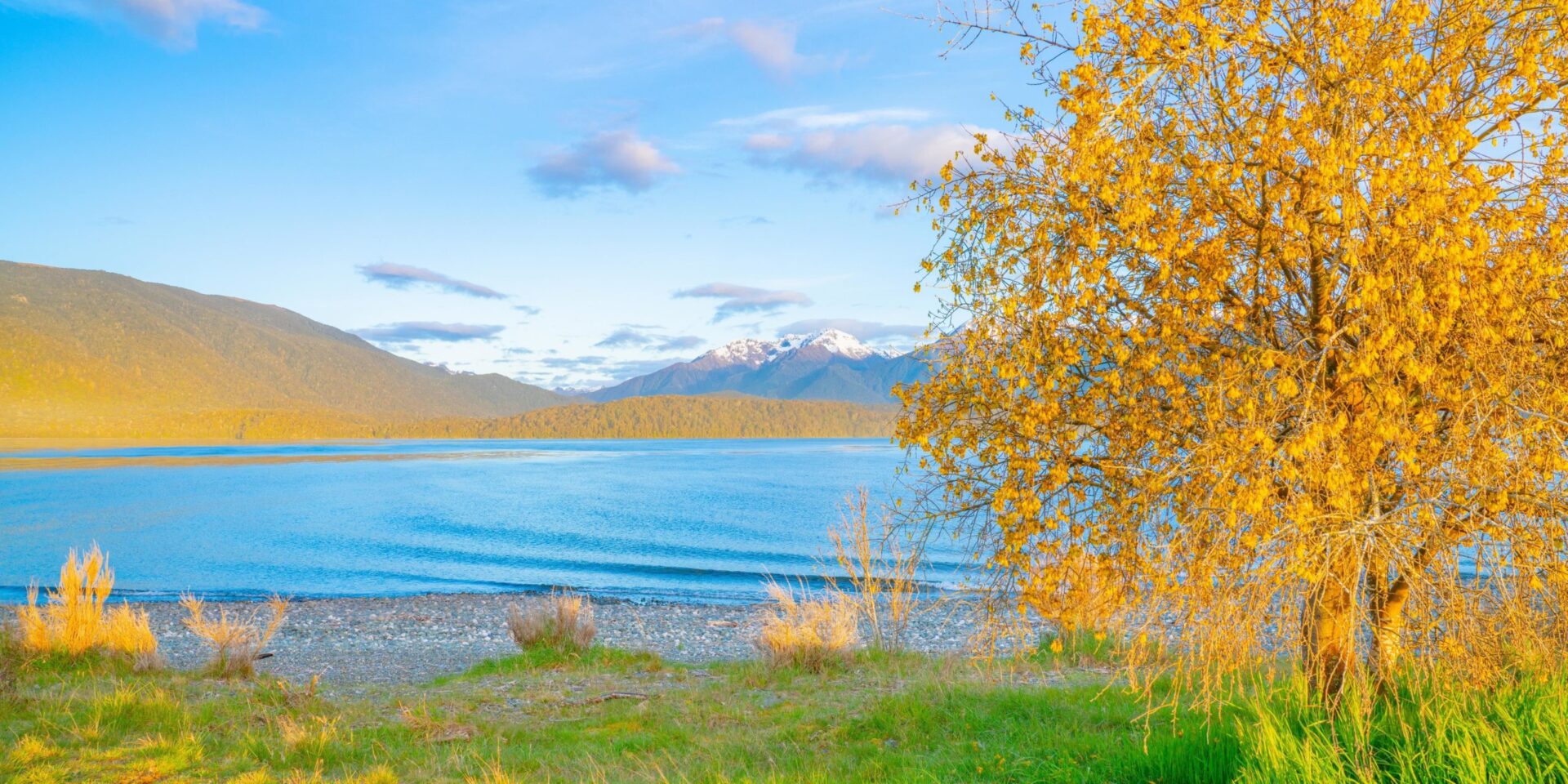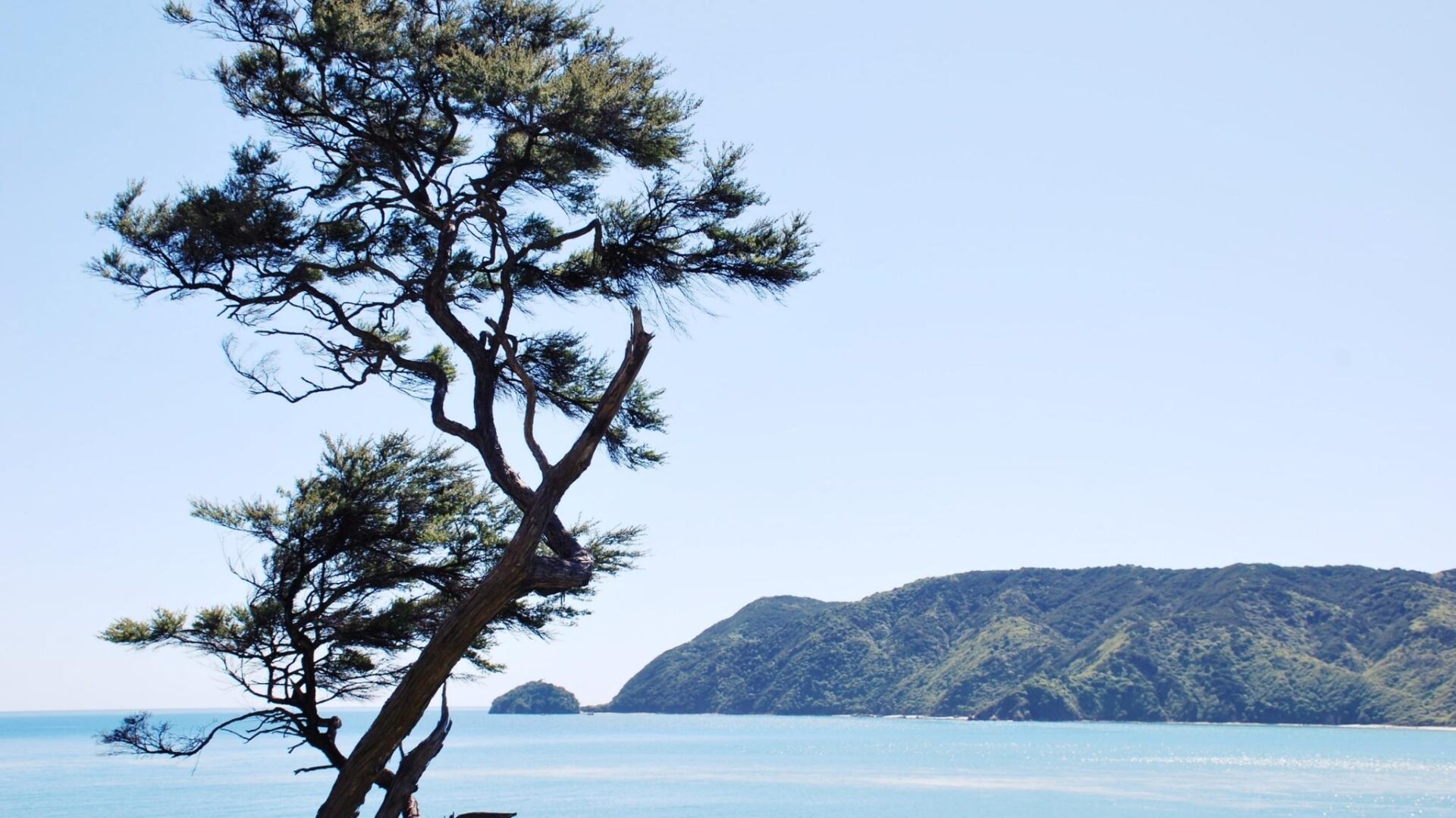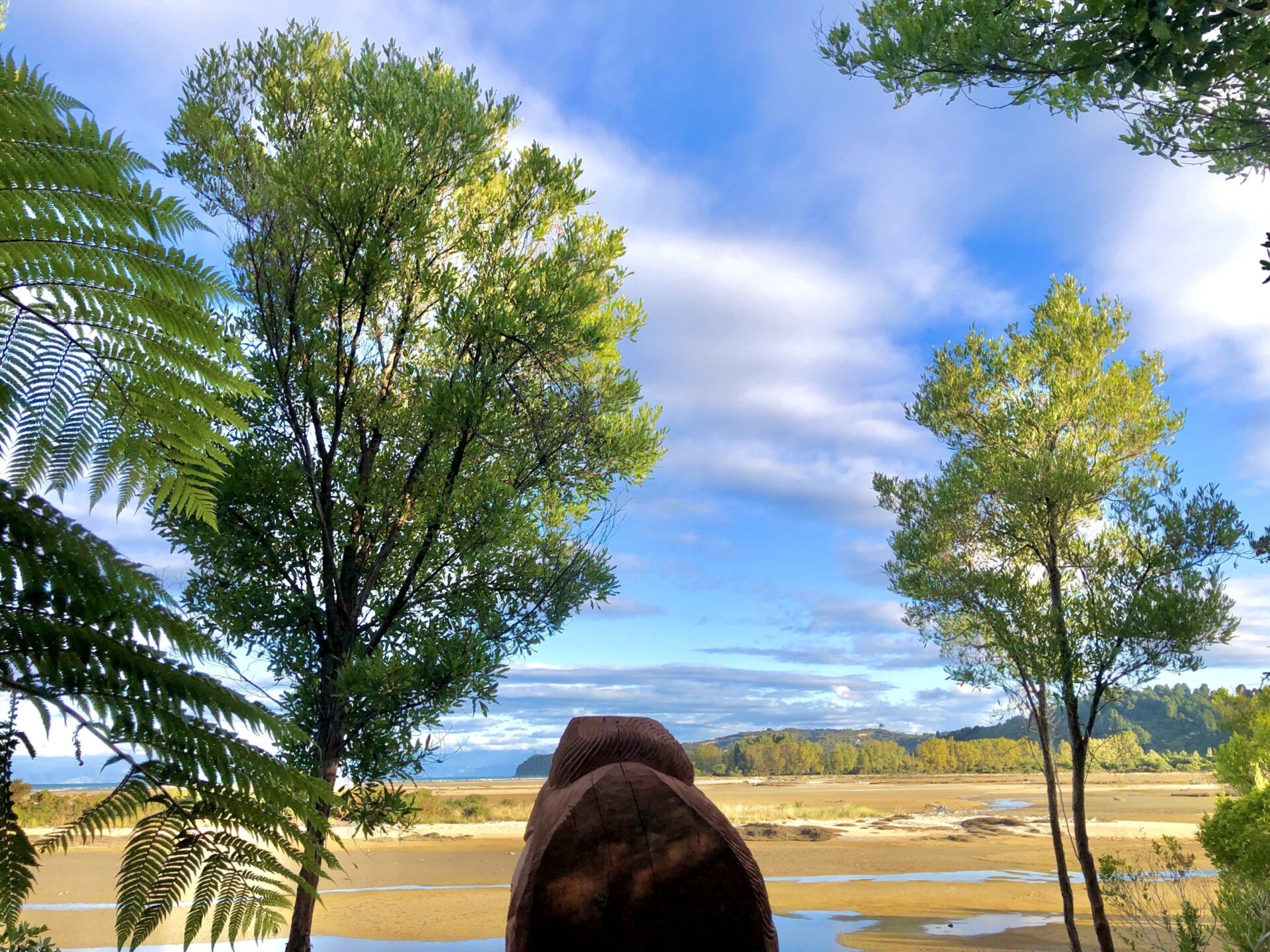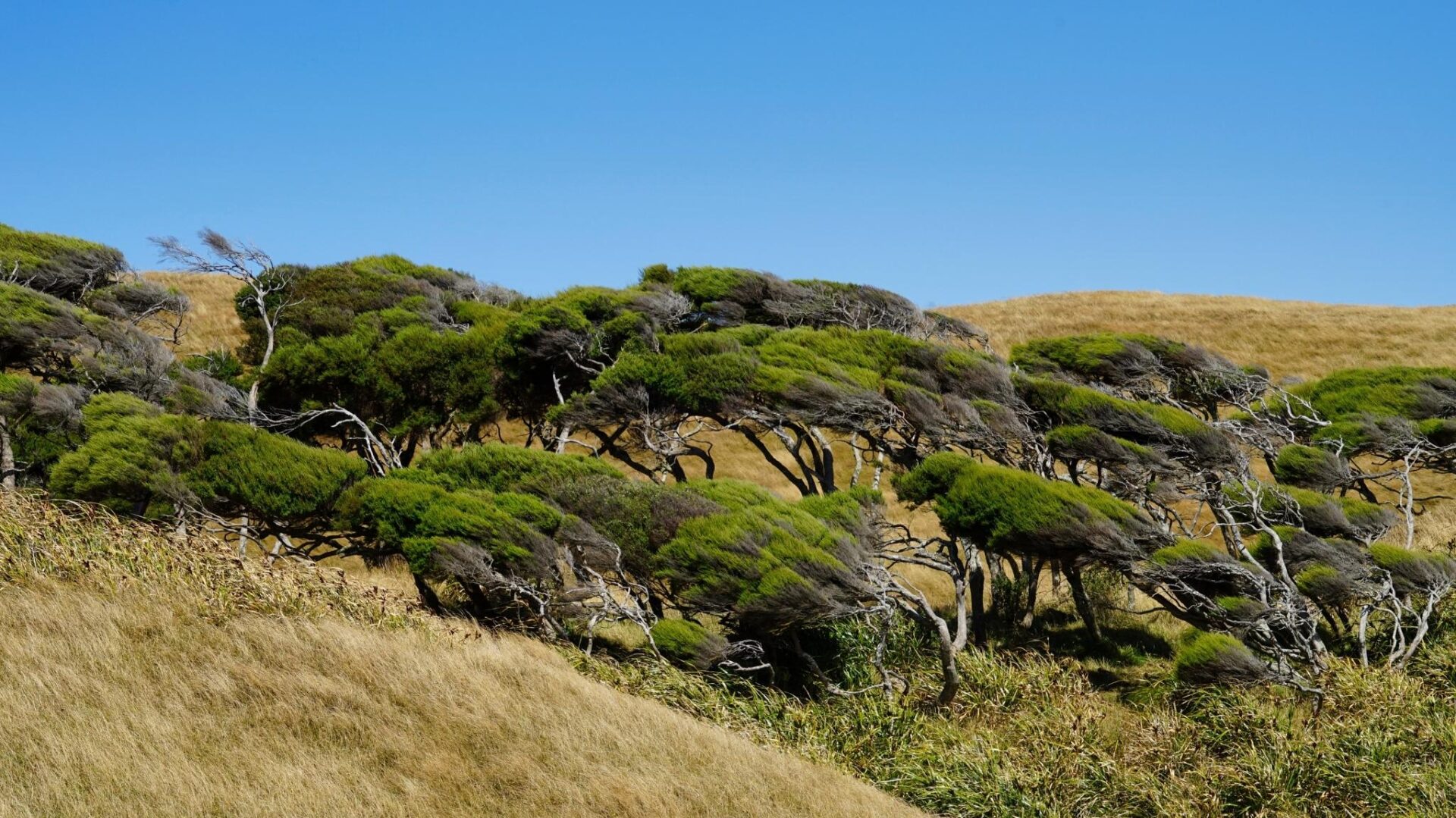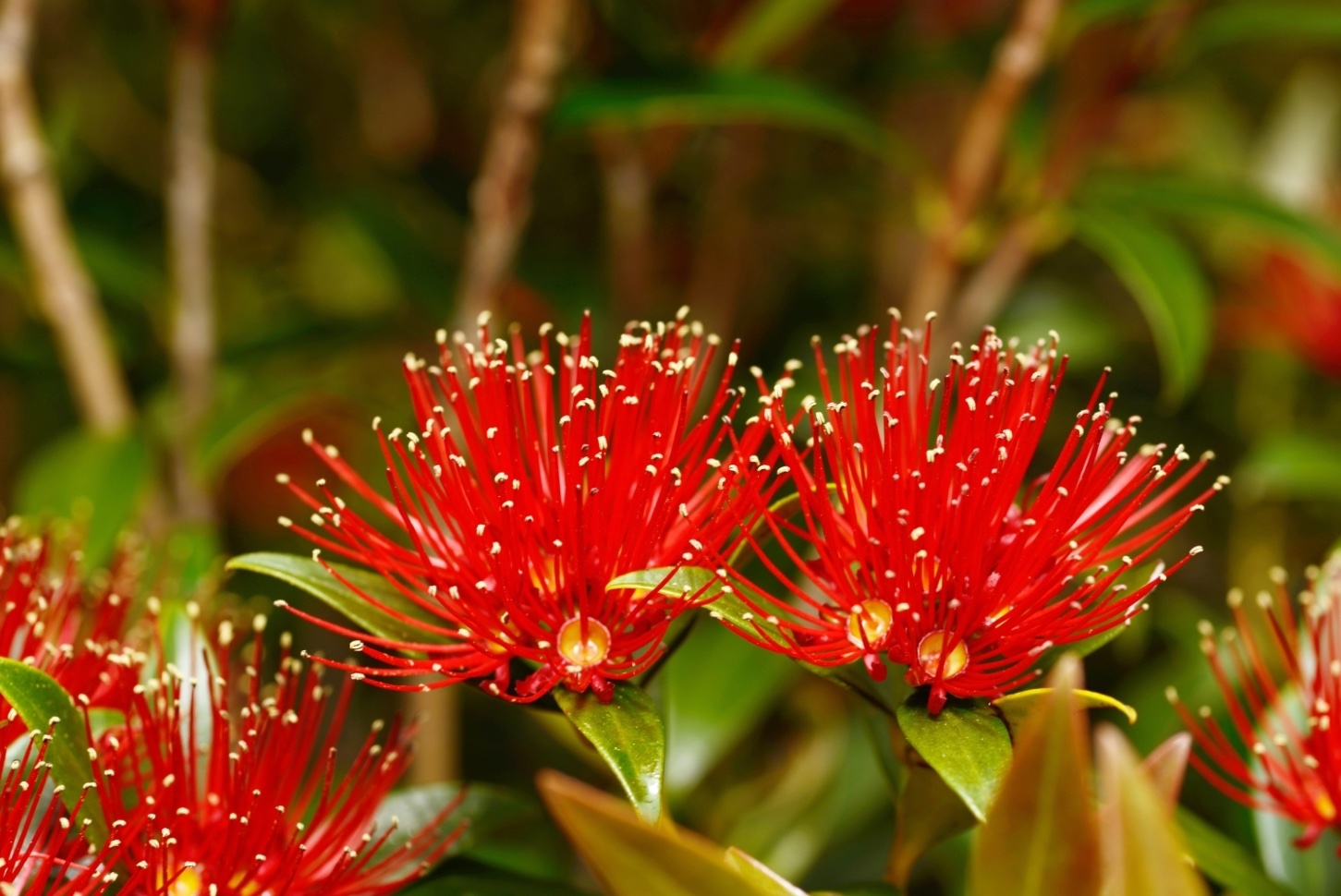World Famous in New Zealand
However, it is also a fantastic tree for forest regeneration. It’s one of the first trees to re-establish itself in deforested areas, with its taller cousin Kanuka usually establishing itself under the protective Manuka canopy before poking through and establishing a new forest height.
The Manuka is lovely in flower, with both a pink and white flowering variety. The flowers and leaves let off a sweet scent and play a role in supporting bee, gecko, and bug populations that then support the bird populations. This makes it a great candidate for native regeneration, fenced-off creeks and also around the home. Its scented leaves provide a nice aroma around the garden or farm and will thrive in most soils.
Being an early frontier tree, the Manuka has a shorter life span (30-50 years) as the rest of the forest usually grows over the top of it.
Cleaning Up Air and Water Ways
Research from the Centre for Integrated Biowaste Research has conducted studies around improving rural and urban areas with native trees. They have discovered the roots systems of Manuka and Kanuka inhibit the growth of E. coli and other pathogens. The time taken to get a 90% reduction of in E. coli was just five and eight days for Manuka and Kanuka respectively compared with 93 days for rye grass.
Both Manuka and Kanuka have been found to thrive under high fertility environments coming from Biowaste, which deviated from the general understanding that they survive best in low fertility environments. What’s more, the total amount of nitrate leached under manuka was just one third of the nitrate leached under pasture. Where urea was added to the soil, the nitrate leached under manuka and kanuka was 25 times less than under radiata pine.
The root architecture of the manuka and kanuka plays a key role in affecting their interactions with pathogens and nitrogen. They create routes of preferential infiltration, compared with pasture, which draws biowaste and water into the root systems, where the antimicrobial effect takes place.
Findings from this and further studies are suggesting strong results planting out livestock exclusion zones, next to water ways, with manuka and kanuka as well as for the use of effluent disposal of farming and urban sources. You can read more about this here.
Traditional And Medicinal Uses
There are traditions of using the leaves in tea to reduce fevers and treat stomach and urinary problems. With the arrival of Cook, they made teas and even beer from the leaves. It was said to be surprisingly reasonable, but hard to know what reasonable might be when you have been at sea for 4 months….
The bark has traditional qualities as a sedative, mouthwash, as well as a treatment for both diarrhea and fever. The bark has good waterproofing properties and was utilized in thatching for roofs.
Even the gum from the Manuka was used as a moisturiser, to soothe skin burns and as well as to settle a cough.
The hard red Manuka wood itself is used for tooling and furniture as it has a straight grain and is hard. It also adds a good flavor for smoking meats. The Maori used it for a range of implements such as paddles, weapons, spade blades, bird spears.
There is currently research needed to break the species down into different entities, as they have almost completed a study on Kanuka showing 11 entities. Interestingly, Manuka is also found in Tasmania.
One of the useful side effects of doing burn-offs was encouraging manuka regrowth rapidly in the areas of deforestation. This is in part due to the established fungi mycorrhiza, helping with the uptake of nutrients in the roots system. As the Manuka is quickly overgrown by the next stage of the forest, these burn-offs would allow the manuka to come through for a generation.
On the farm
With the 2025 fencing off of creeks on farms around the country, it is important to choose trees that will provide the best flow-on effects to the farms around them. Manuka filters nitrogen near the waterways, and provides biodiversity benefits around the rural areas. It is in the mix of our preferred waterway species. It is generally not preferred by animals to eat.
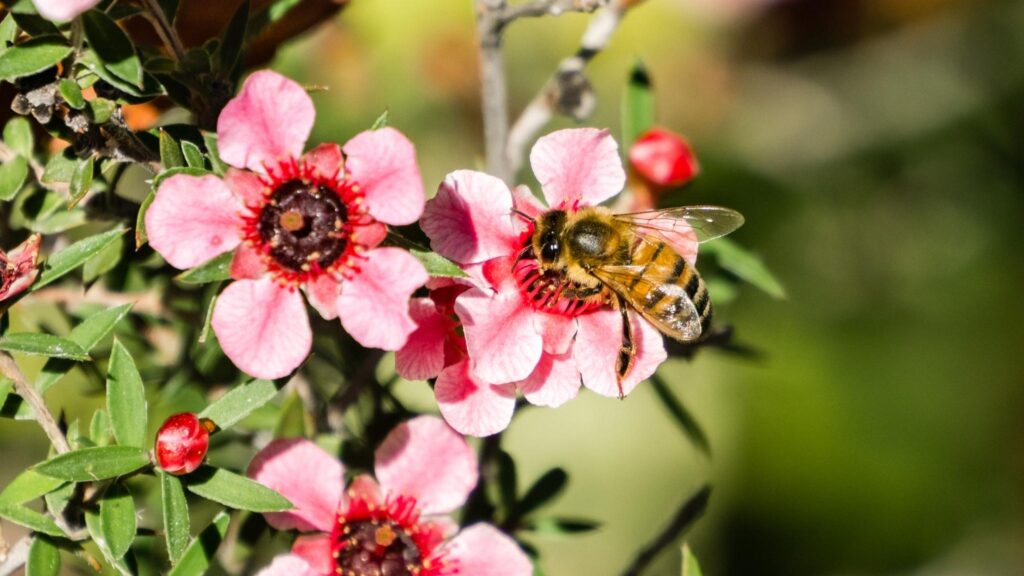
Looking after your Manuka
Manuka differs from Kanuka in that it will hold its seed pods year-round. They love to open up after intense heat and smoke and scatter their numerous seed. The seeds themselves are tiny and have very little food storage. Therefore they need to germinate quickly and then compete aggressively with each other until one wins out over the others. The natural spacing of Manuka is around one tree every couple of square meters.
You will need to sow the seed over a good drainage mix, and very lightly cover and place in a steady moisture environment keeping the soil temperature above 18 degrees. They love full sunlight from an early age. It is a fast-growing shrub and its very hardy.
Manuka does have to contend against the Manuka beetle and its larvae
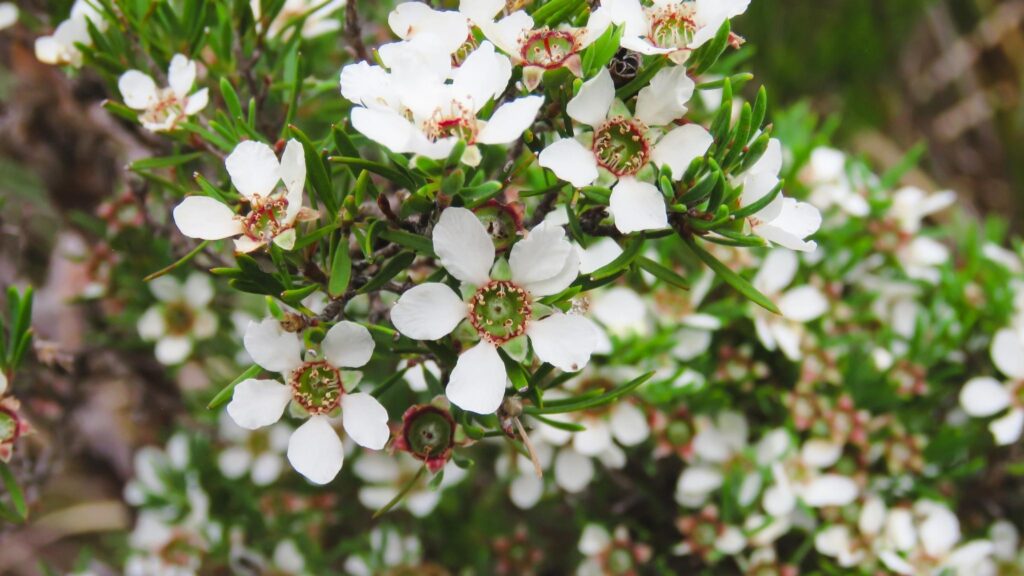
Honey
It produces a dark gold honey, with a sweet taste. An amazing property of honey is that it will not go off! If you find your honey has hardened off, simply place the jar in a pot of warm water.
Honey in general has long been used for healing and antimicrobial properties. Manuka Honey also contains DHA dihydroxyacetone and methylglyoxal which have powerful anti-bacterial and anti-inflammatory enzymes for fighting bacterial infections. Its cousin Kanunka has AGP which is said to have different healing properties, but it has not been thoroughly tested yet.

Projects
Due to the demand for Manuka honey, there has been a lot of replanting of Manuka. However, the Manuka is designed to just set up the forest for the next generation of trees. As the research in Kanuka continues hopefully some positive aspects are identified in the honey produced so the Manuka forests can convert into the longer-lasting Kanuka Forests. Check out our guide to some simple differences between Manuka and Kanuka.

